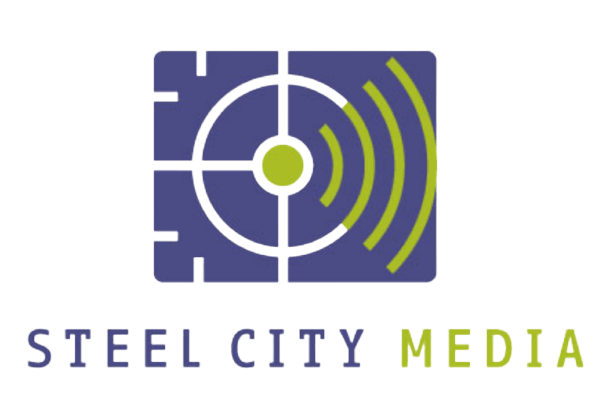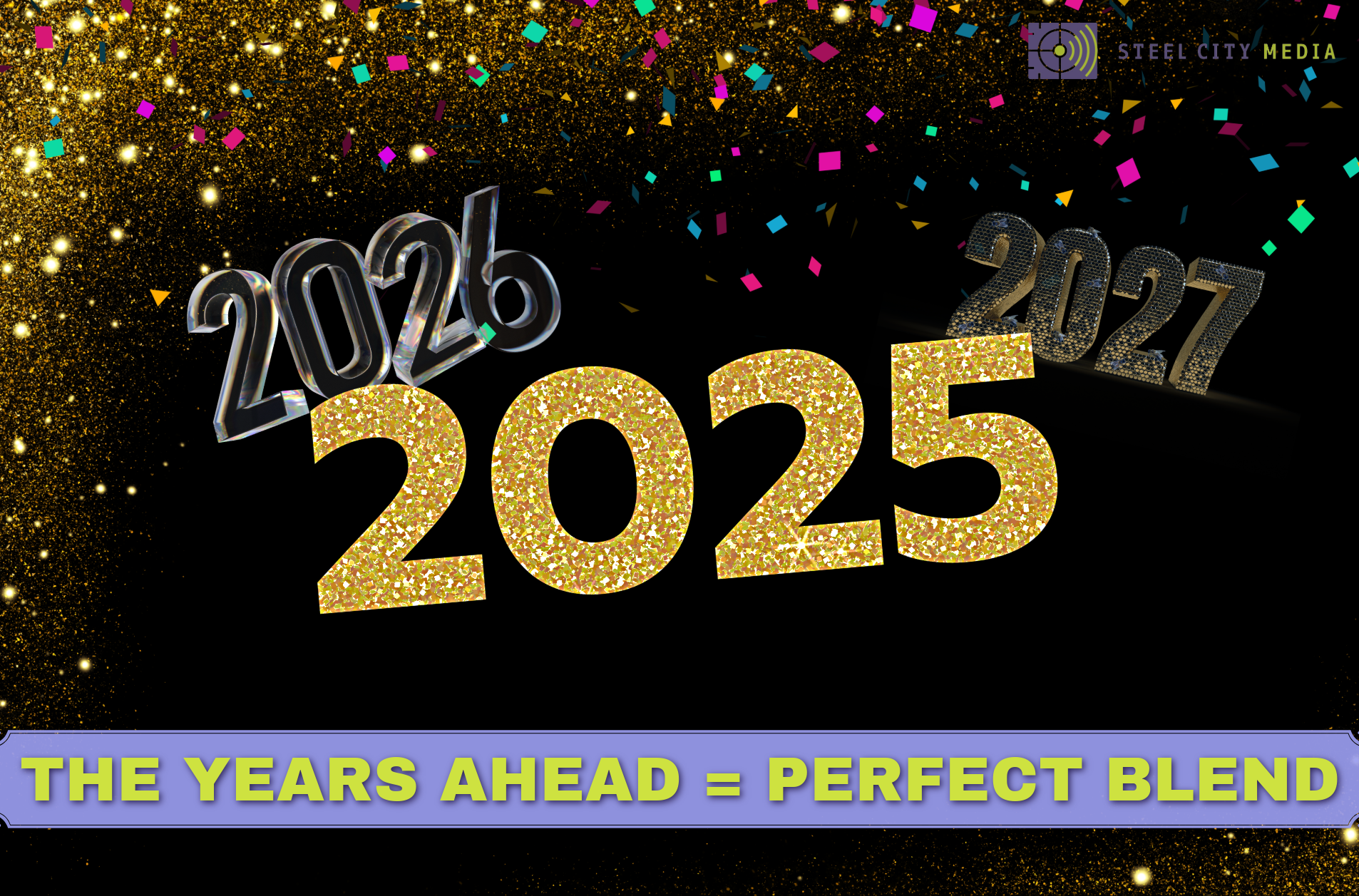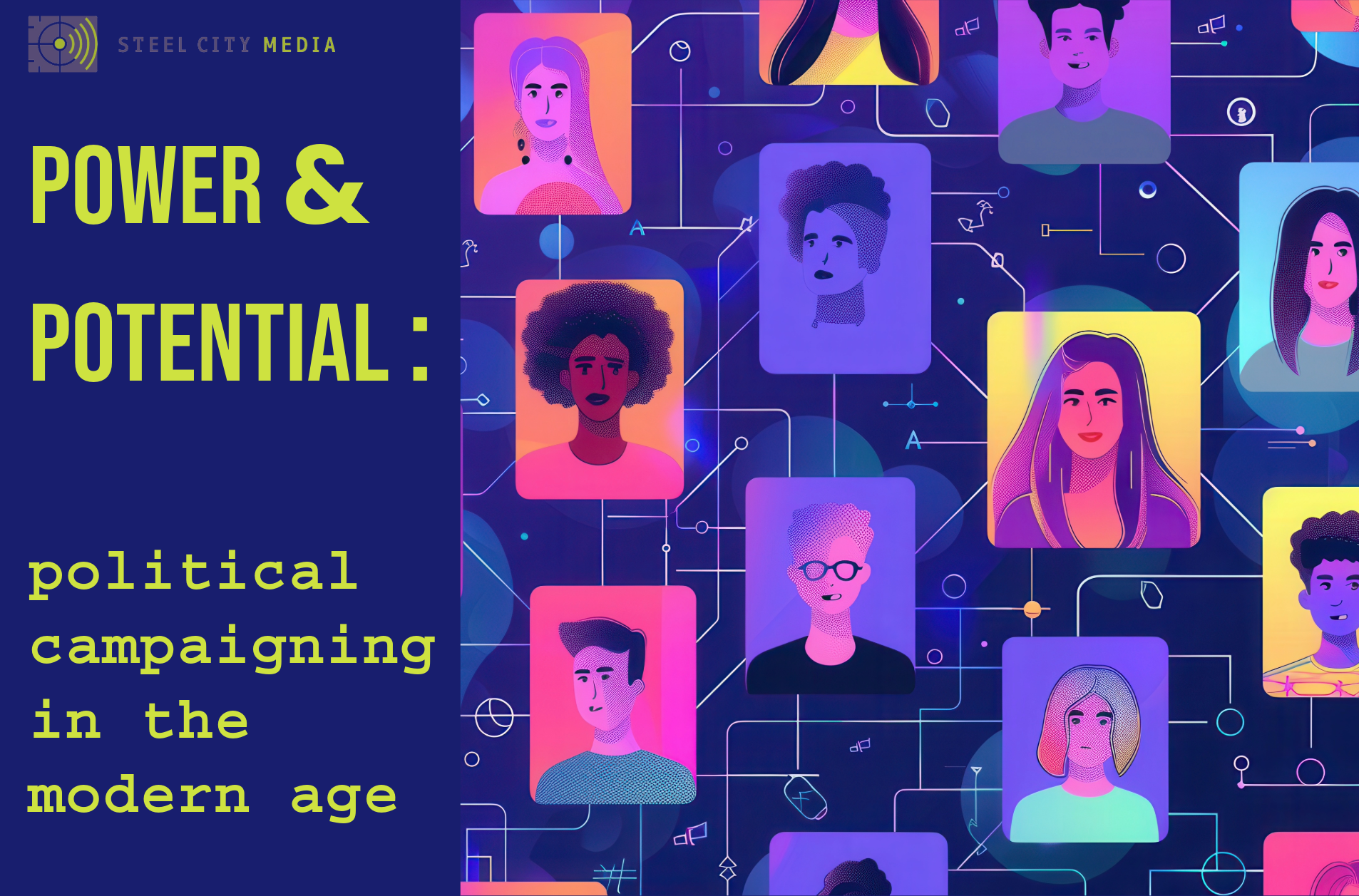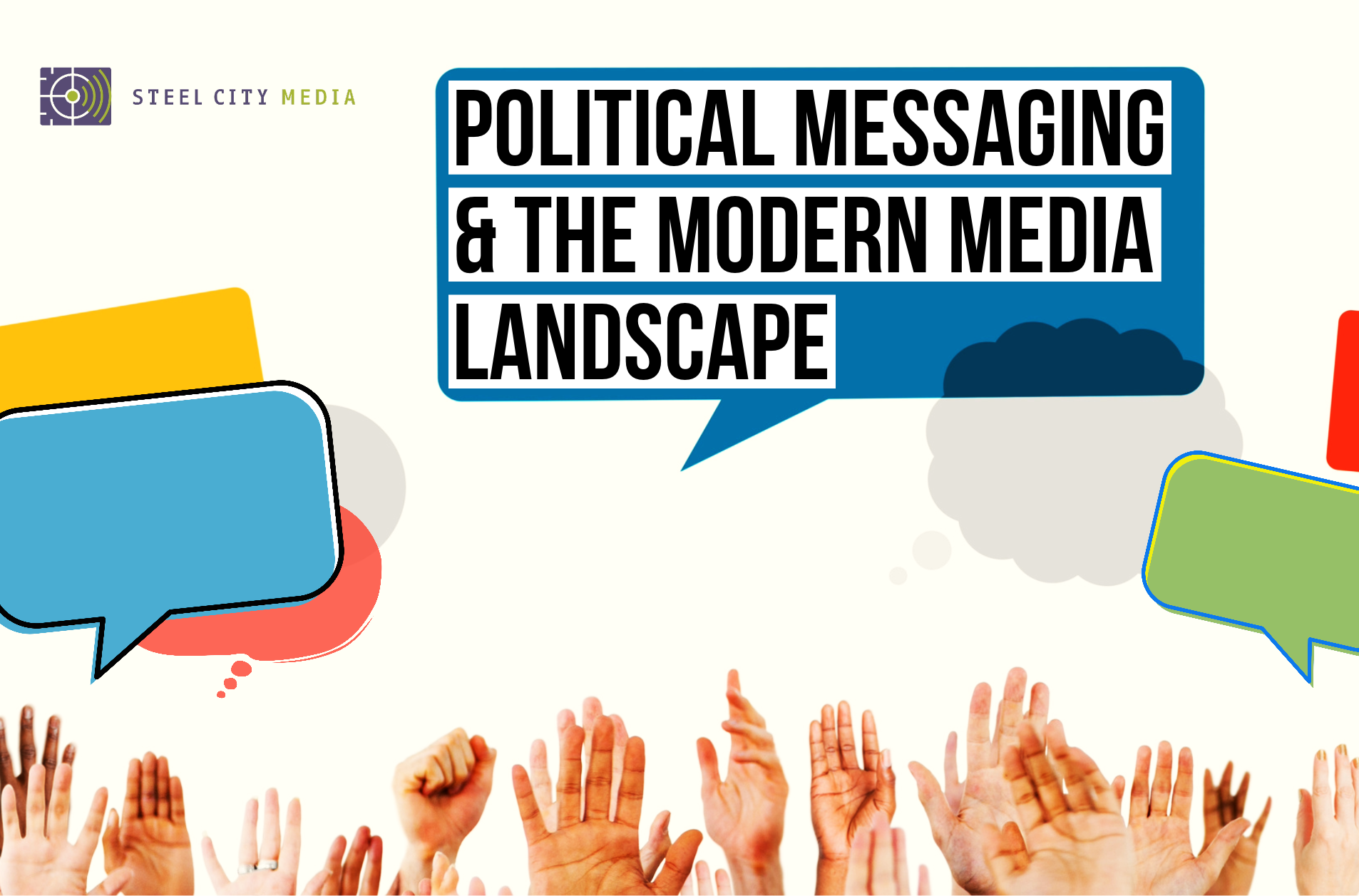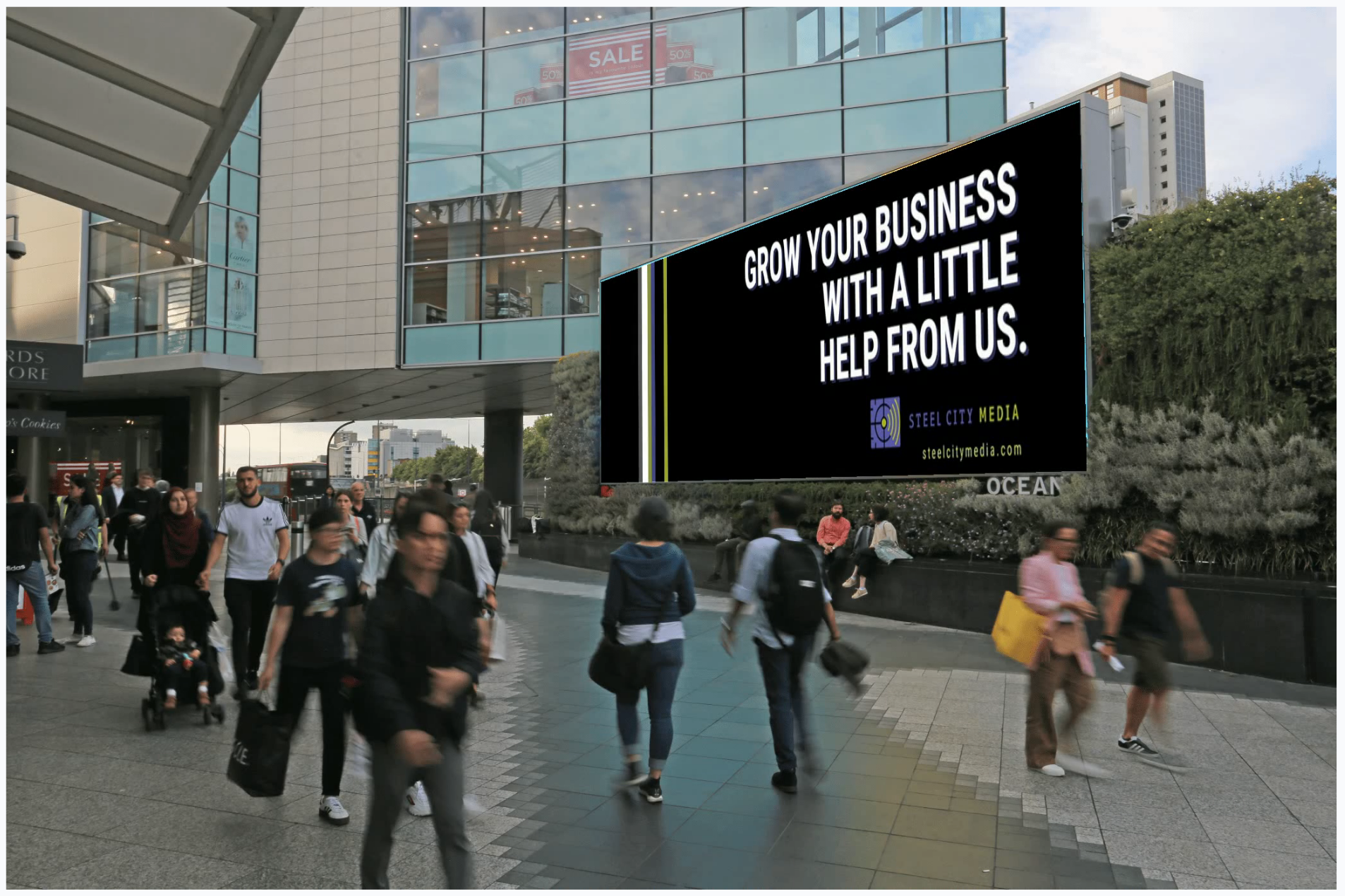
recruitment advertising: find the right match faster!
March 29, 2023 | Katelynd Gibbons
Advertising for job openings makes the hiring process so much easier. Putting the word out through strategic marketing makes it more likely you can find the right matches faster. When a business only places job listings in print or on one of many over-saturated job search websites, they can only reach a small pool of people who are actively searching, and many of them may not be interested or qualified. When you use a strategic plan and omni-channel tactics, you have the opportunity to reach more of the right people more quickly.
Recruitment advertising is designed to drive prospective candidates to apply for relevant job openings, and recruitment ads can be delivered through various channels, such as radio and programmatic audio, TV/CTV, social media platforms, emails, and DOOH. When a business rethinks old-school recruitment and brings in marketing experts, it takes a lot of the stress, guess-work, and waiting out of the hiring process.
One of the most beneficial aspects of recruitment advertising campaigns is that they can work for any industry, and there is added power in reaching both active and passive job seekers. Active job seekers, as the name implies, are individuals who are actively looking for a new job and are actively applying to job postings. Passive job seekers, on the other hand, are individuals who are currently employed but may be open to new job opportunities. They are not actively looking for a new job, but they may be interested in exploring new career opportunities if the right opportunity arises. Passive job seekers are more difficult to reach and are not likely to respond to traditional job posts without the provocation of targeted recruitment ads, yet they could become an active applicant once they discover the opportunity!
The best recruitment advertising, like great advertising in general, is informative and inspiring. It should include specifics about the open positions, a sense of the company’s character, salary and benefit information, and instructions on how to apply (which is the big call-to-action necessary for such advertising). In some ways, the recruitment ads are a way to tell the story of the brand itself. It’s an opportunity for businesses to showcase their company culture, values, and mission to potential candidates. This helps to foster trust and a strong brand identity while making the right impression on potential employees. With the help of advertising experts, employers can be sure strong ad messaging that is correctly targeted will start doing the hard work of recruitment for them, then also use data and analytics to measure the effectiveness of their recruitment advertising campaigns and optimize their strategies accordingly. By implementing a recruitment advertising strategy, companies can build a strong talent pipeline, reduce time-to-hire, improve the quality of hires, and increase overall employee retention rates. It also helps a business differentiate itself from competitors and attract the type of employees who are well-suited for the company culture.
Even with all of this information about recruitment advertising, some employers may still be wondering: Why not just post the job on a job site or on their own website and wait—why not let the applicants find you the old-fashioned way? The answer to that may be best framed through the numbers: The average cost for a company to keep a job vacant is $98 a day, and the average time to fill a position is about 42 days.[1] For some positions, particularly those that require specialized skills or certifications, the hiring process can take even longer. The money adds up, and it doesn’t even account for the full loss of leaving positions unfilled. Failing to advertise job openings can have a negative impact on a company's productivity, growth, and bottom line. As such, it is important for companies to invest in effective recruitment advertising strategies to attract top talent when they need them and build a strong workforce. If a company has open positions that remain unfilled, current employees may need to take on additional responsibilities or work longer hours to cover the workload. This can lead to increased stress and burnout, which can certainly impact productivity. They may also miss out on potential candidates who would bring valuable skills and experience to the organization, thereby limiting chances to innovate, grow, and compete in the market.[2] If a company has difficulty filling open positions, yet does not consider the investment into recruitment advertising worthwhile, they may actually end up relying on more costly recruiting methods, such as using staffing agencies, devoting more of their people resources to seeking out and interviewing (potentially mismatched) candidates, or possibly being compelled to hire someone who is actually not a good fit just to avoid leaving a crucial role unfilled. All of this can lead to increased costs, a strain on the company's budget and the existing staff, and, in all likelihood, the need to repeat the entire process again much sooner than expected.
Once a business is ready to explore a recruitment campaign, it’s important to understand what that means for the budget. The decision of whether to allocate the recruitment advertising budget through a marketing budget or HR budget may depend on a variety of factors, including the organizational structure of the company and the specific goals of the recruitment advertising campaign. In some companies, the responsibility for recruitment advertising may fall under the marketing department, as recruitment advertising is viewed as a form of marketing that promotes the company's employer brand and values to potential candidates. However, in most companies, recruitment advertising typically falls under the purview of the HR department, as it’s seen as a function of the HR department that is responsible for sourcing and hiring talent. In this case, the recruitment advertising budget may be allocated through the HR budget.
Recruitment advertising has evolved significantly over the years, from traditional "want ads" in newspapers and other print media to more targeted and dynamic approaches. The future of recruitment advertising is likely to be more targeted, personalized, and focused on creating a positive candidate experience. Companies that can effectively change with the times are likely to be more successful in attracting and retaining top talent in the years ahead. Overall, recruitment advertising has shifted from a broad, one-size-fits-all approach to a more targeted and data-driven strategy, leveraging digital channels and technology to reach and engage with potential candidates in more personalized and powerful ways.
The effectiveness of recruitment ads depends on a number of factors, including the quality and relevance of the ad content, the targeting and delivery methods used, and the overall reputation and branding of the company, and all of those details can be planned out with the help of experienced advertising experts. The main takeaway should be that recruitment advertising is a uniquely effective approach to fill long-standing or vital job openings, reach a wider pool of potential job seekers, and limit the unplanned costs associated with long job vacancies or failure to attract the right candidates.
[1] Jack Flynn, “23 Recruitment Statistics [2023]: What HR Professionals and Hiring Managers Need to Know,” Zippia: The Career Expert, February 23, 2023, https://www.zippia.com/advice/recruitment-statistics.
[2] Renee Dovich, “What is the Cost of Vacant Positions?,” LinkedIn Pulse, September 15, 2021, https://www.linkedin.com/pulse/what-cost-vacant-positions-renee-dovich.
